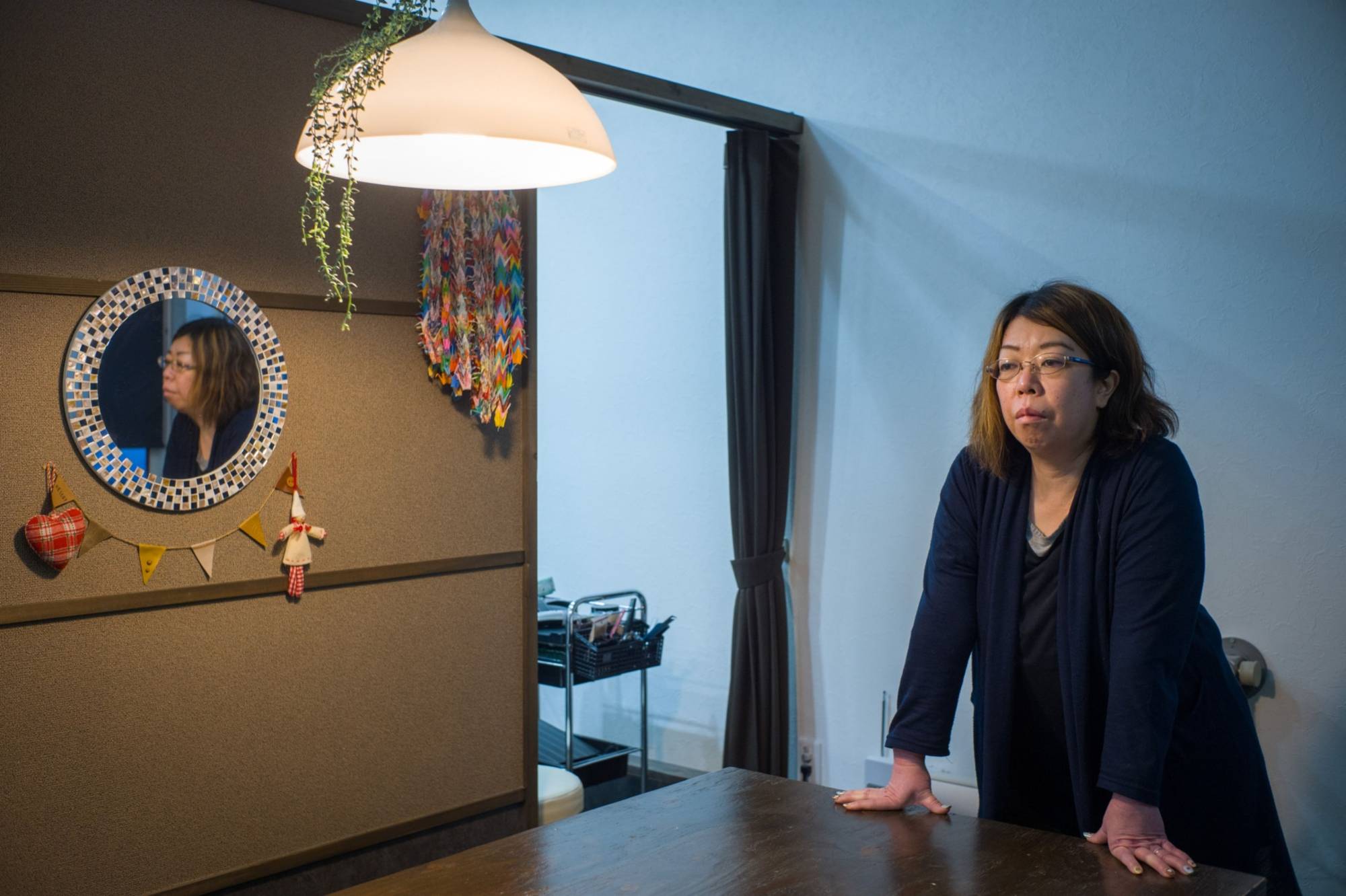Two fishing villages in Hokkaido are vying to host the final storage facility for half a century of Japanese nuclear waste, splitting communities between those seeking investment to stop the towns from dying, and those haunted by the 2011 Fukushima disaster, who are determined to stop the project.
In the middle is a government that bet heavily on nuclear energy to power its industrial ascent and now faces a massive and growing pile of radioactive waste with nowhere to dispose of it. Since it first began generating atomic energy in 1966, Japan has produced more than 19,000 tons of high-level nuclear waste that is sitting in temporary storage around the country. After searching fruitlessly for two decades for a permanent site, the approaches from Suttsu, population 2,885, and Kamoenai, population 810, may be signs of progress.
The towns have focused a debate that has bedeviled an industry some regard as a vital emissions-free energy source and others revile as a dangerous liability. The accidents at Chernobyl in 1986 and Fukushima in 2011 reinforced public skepticism about both the safety of reactors and our ability to safely store their residue for centuries. While new generations of fail-safe reactor designs may eventually help assuage the first concern, the problem of the waste remains.

















With your current subscription plan you can comment on stories. However, before writing your first comment, please create a display name in the Profile section of your subscriber account page.